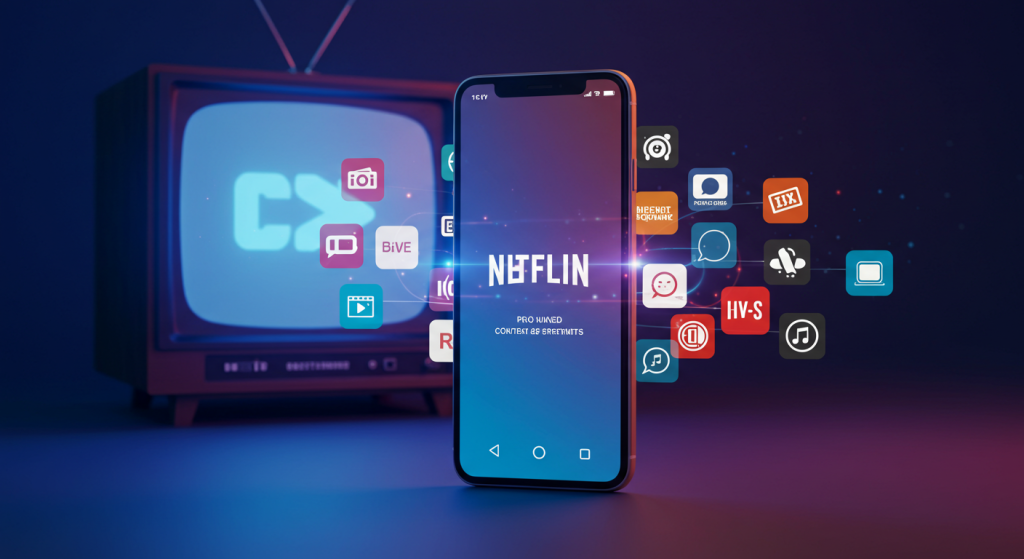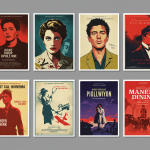In just a few short years, the entertainment landscape has undergone a dramatic transformation—thanks to the rise of streaming platforms. What once required a trip to the cinema, a cable subscription, or a scheduled radio show is now just a click or tap away. Digital streaming has not only revolutionized how we consume content, but it has also redefined how entertainment is created, shared, and experienced.
Thank you for reading this post, don't forget to subscribe!
A New Era of On-Demand Access
The biggest shift brought by streaming is convenience. Platforms like Netflix, Disney+, Spotify, and YouTube offer content whenever and wherever users want it—on smartphones, laptops, smart TVs, and even gaming consoles. No more waiting for showtimes or missing episodes. Viewers are now in control, able to binge entire series in one sitting or pause and resume across multiple devices.
Diverse Content at Your Fingertips
Streaming has opened the door to global and niche content like never before. Viewers can explore foreign films, independent productions, documentaries, and personalized playlists that traditional TV or radio rarely featured. This diversity allows for greater cultural exchange and supports creators from all backgrounds to reach audiences worldwide without the need for major studio backing.

The New Golden Age of Storytelling
With less reliance on traditional broadcasting constraints, creators now enjoy more creative freedom. Streaming platforms have invested billions into original content, giving rise to high-quality series, films, podcasts, and documentaries that challenge storytelling norms.
From bold narratives like Stranger Things and Squid Game to heartfelt indie gems and podcast sensations, streaming is leading what many call a “New Golden Age” for creators.
Changing the Business Model
Streaming has disrupted the traditional business of entertainment. While theaters and cable networks still exist, subscription-based models, ad-supported tiers, and algorithm-driven recommendations are now at the forefront.
Artists and producers must adapt to new metrics for success—views, likes, watch time, and shares—rather than box office sales or TV ratings. This shift changes how success is measured and how content is monetized.

Challenges and Controversies
Despite its benefits, streaming isn’t without its concerns:
- Content saturation makes it hard for new voices to stand out.
- Data privacy and screen addiction are rising issues.
- Artists and actors have raised questions about fair compensation and ownership of digital rights.
As the industry evolves, these conversations are vital to ensuring streaming grows responsibly.
Looking Ahead
Streaming isn’t just a trend—it’s the future of entertainment. With emerging technologies like virtual reality (VR), interactive storytelling, and AI-curated content, the next wave of digital entertainment promises to be even more immersive and personalized.

What remains clear is this: the rise of streaming has handed the power back to the audience. We decide what to watch, when to watch it, and how to experience it. In this new era of entertainment, the viewer is the director—and the world is the stage.


